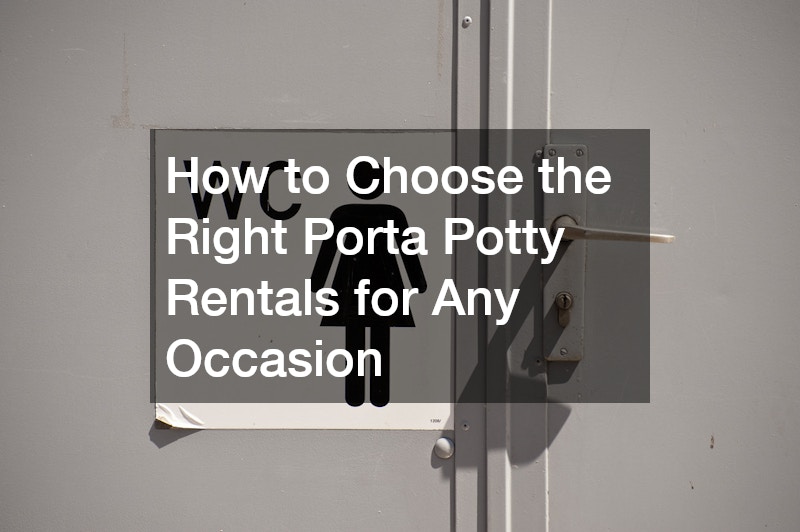Assisted living facilities are a type of housing designed for seniors who need some help with activities of daily living but don’t require the level of care provided in a nursing home. If you’re considering a career in assisted living facility management, there are a few things you should know. We will explore them below.
How Do Assisted Living Facilities Operate?
Assisted living facilities are regulated by state laws, which vary from state to state. In general, assisted living facility residents must be able to perform activities of daily living (ADLs) with minimal assistance and be cognitively intact enough to make decisions about their care.
The type of care provided in assisted living facilities also varies from state to state. Some states allow assisted living facility staff to provide medication administration and/or personal care services, while others do not.
What Are the Key Responsibilities of an Assisted Living Facility Manager?
The key responsibilities of an assisted living facility manager include:
Ensuring that the facility is in compliance with all applicable laws and regulations
One of the most important responsibilities of an assisted living facility manager is to ensure that the facility is in compliance with all applicable laws and regulations. This includes federal, state, and local regulations.
Some of the specific laws and regulations that assisted living facility managers must comply with include:
- The Fair Housing Act
- The Americans with Disabilities Act
- The Health Insurance Portability and Accountability Act
- State licensure requirements
Assisted living facility managers must also be familiar with the rules and regulations set forth by their state’s licensing board. These requirements vary from state to state.
In addition to compliance with laws and regulations, assisted living facility managers are also responsible for:
- Maintaining the physical plant
- Ensuring that the assisted living facility is clean
Hiring, training, and supervising staff
Another responsibility of assisted living facility managers is to develop and implement policies and procedures that will ensure the safety of residents and staff. These policies and procedures should be reviewed regularly and updated as necessary.
Assisted living facility managers must also be able to effectively communicate with residents, their families, and staff. They should have good interpersonal skills and be able to resolve conflict.
Handle finances
Assisted living facility managers must be able to handle budgeting and financial matters. They need to have a good understanding of business principles and practices. Otherwise, they will not be able to make sound financial decisions for the facility.
Marketing
An assisted living facility manager must also be good at marketing. They should be able to develop and implement marketing plans that will help increase occupancy rates. They should also be familiar with various forms of advertising and promotion.
By properly managing an assisted living community, facility managers can ensure that residents are safe and well-cared for, staff is properly trained, and the financial health of the facility is maintained. Marketing efforts should be focused on increasing occupancy rates and generating positive word-of-mouth publicity.
What Are The Services Offered By An Assisted Living Facility?

The services offered by assisted living facilities vary, but most provide basic services such as meals, laundry, housekeeping, and transportation. Some assisted living facilities also offer additional services such as recreational activities, educational opportunities, and health care services. It is important to research the various assisted living options in your area to find a facility that offers the services that you or your loved one needs.
How Do I Choose an Assisted Living Facility?
There are many factors to consider when choosing an assisted living facility. Some of the things you may want to take into consideration include location, cost, type of facility (e.g., small home vs. large institution), amenities offered, and the level of care provided. You should also visit several assisted living facilities to get a feel for the atmosphere and to meet the staff.
What Are the Different Types of Assisted Living Communities?
There are several types of assisted living communities, each with its own unique set of features and services. The most common type of assisted living community is a residential care home, which is typically a small home with six to ten residents. Other types of assisted living communities include assisted living apartments, continuing care retirement communities (CCRCs), and congregate housing developments.
Aside from assisted living facilities, there are also hospices where hospice caregivers provide assisted living services to terminally ill patients and their families.
The bottom line is that assisted living is a type of housing designed for seniors who need help with activities of daily living (ADLs), such as bathing, dressing, and eating. There are many assisted living communities across the United States, and each one is different. That’s why it’s important to do your research before you choose an assisted living community for your loved one.





